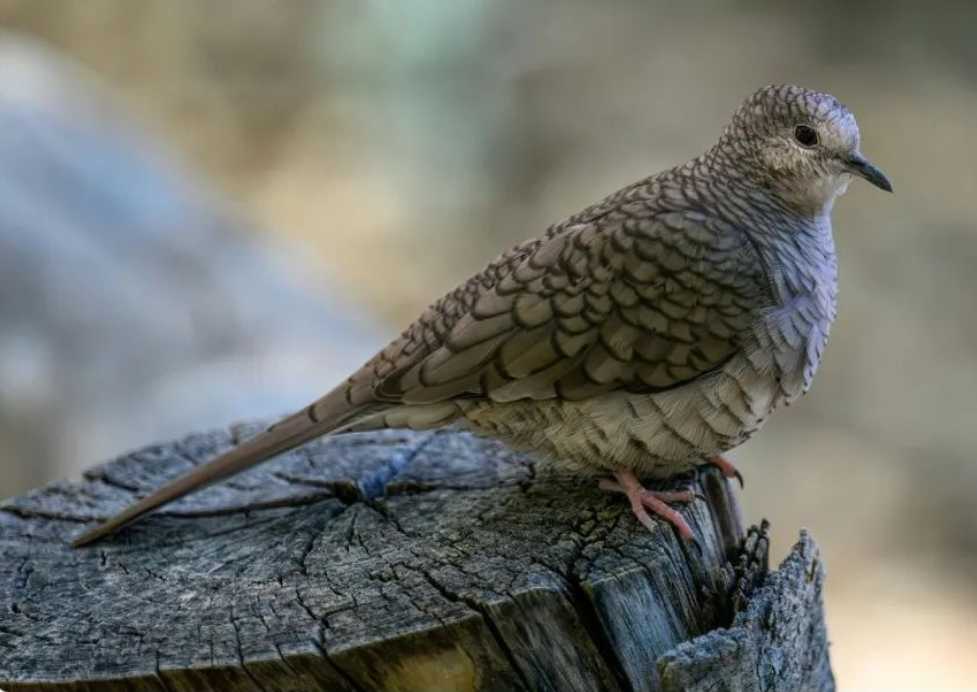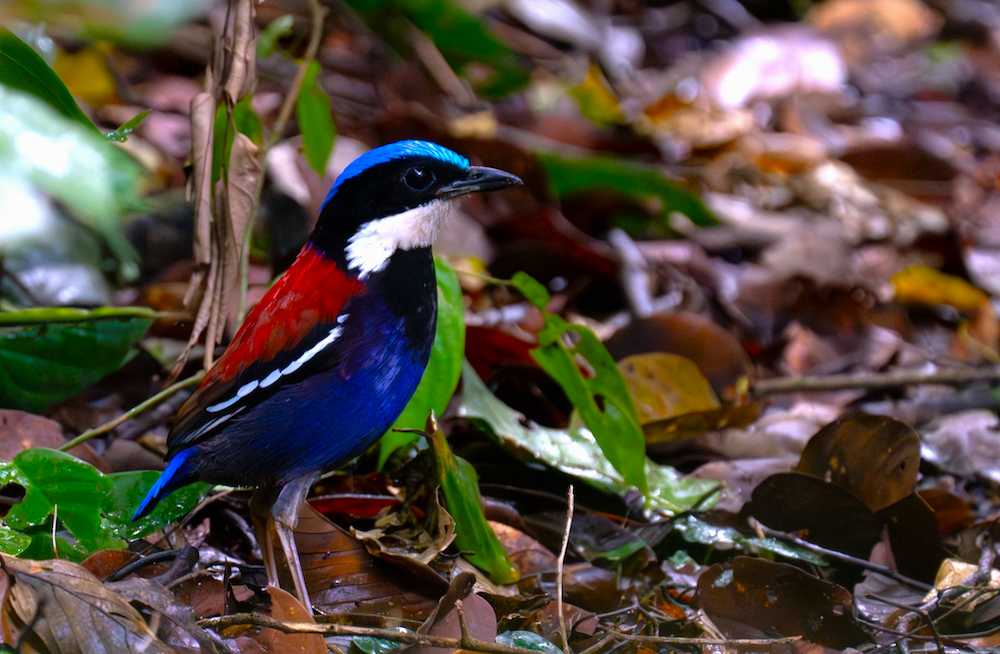Scientifically named Ramphastos sulfuratus, the keel-billed toucan belongs to the Ramphastidae family, measuring 42–55 cm in length. Inhabiting lowland rainforests from Mexico to Colombia in Central America, this fruit- and insect-eating bird holds the honor of being Belize’s national bird, captivating all with its striking appearance.
As its name suggests, the toucan’s most iconic feature is its spectacular beak, spanning 12–15 cm—one-third of its body length. Far more than just large, the beak is a vivid palette: the upper mandible fades from yellow to green, tipped with scarlet, while the sides glow in orange-yellow, accented by black line spots near the base. "It’s like a living rainbow carved from keratin," marvels ornithologist Dr. Carla Mendez. This vibrant beak, though lightweight due to its honeycomb structure, serves multiple roles: regulating body temperature, peeling fruit, and intimidating rivals.
Complementing the beak, the toucan’s chest shimmers in lemon-yellow feathers, while its tail ends in a bold burst of crimson. These colors form a striking contrast against the rainforest’s green canopy, making it a moving work of art. "When it perches on a branch, the beak seems almost too large for its body—until it opens its mouth, and the entire forest seems to light up," says wildlife photographer Javier Rivera.




